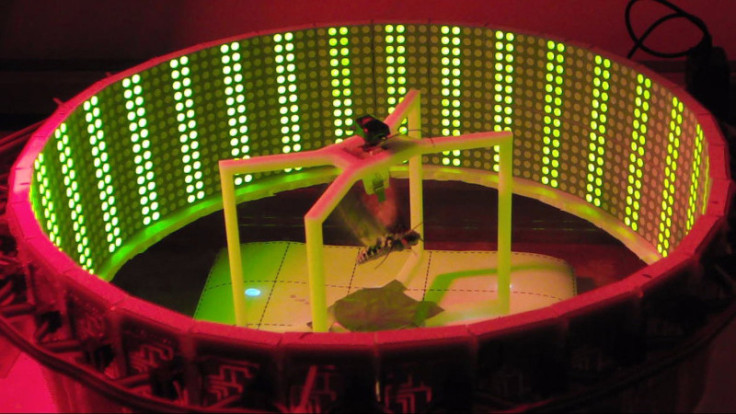Cyborg Moth Biobots Could Help Remotely Search For Survivors of Disasters

Electrical engineers from North Carolina University and Cornell University have found a way to monitor the electronic signals moths use to move the muscles in their wings, which hints at the possibility that remotely-controlled biobot moths could be developed for an aerial monitoring system.
The researchers have found a new way to surgically implant electrodes into a type of moth called the Manduca sexta during its early pupal growing stages, enabling the engineers to study flight neurophysiology dynamics, i.e the electrical signals that get sent from the moth's brain to control the muscle groups that control flight.
Their research, entitled 'Early Metamorphic Insertion Technology for Insect Flight Behavior Monitoring', has been published online in the Journal of Visualised Experiments (JoVE).
"In the big picture, we want to know whether we can control the movement of moths for use in applications such as search and rescue operations," said Dr Alper Bozkurt, an assistant professor of electrical and computer engineering at NC State and co-author of a paper on the work.
"The idea would be to attach sensors to moths in order to create a flexible, aerial sensor network that can identify survivors or public health hazards in the wake of a disaster."
The researchers have also built a wireless platform that levitates, suspended in mid-air by electromagnets. The moth is connected to the platform, which collects data about how the moth's muscles move.
"By watching how the moth uses its wings to steer while in flight, and matching those movements with their corresponding electromyographic signals, we're getting a much better understanding of how moths manoeuver through the air," Bozkurt says.
"We're optimistic that this information will help us develop technologies to remotely control the movements of moths in flight," Bozkurt says. "That's essential to the overarching goal of creating biobots that can be part of a cyberphysical sensor network."
However, Bozkurt stresses that it will take quite a while before moth biobots become a viable tool.
"We now have a platform for collecting data about flight coordination," Bozkurt says. "Next steps include developing an automated system to explore and fine-tune parameters for controlling moth flight, further miniaturizing the technology, and testing the technology in free-flying moths."
© Copyright IBTimes 2025. All rights reserved.






















